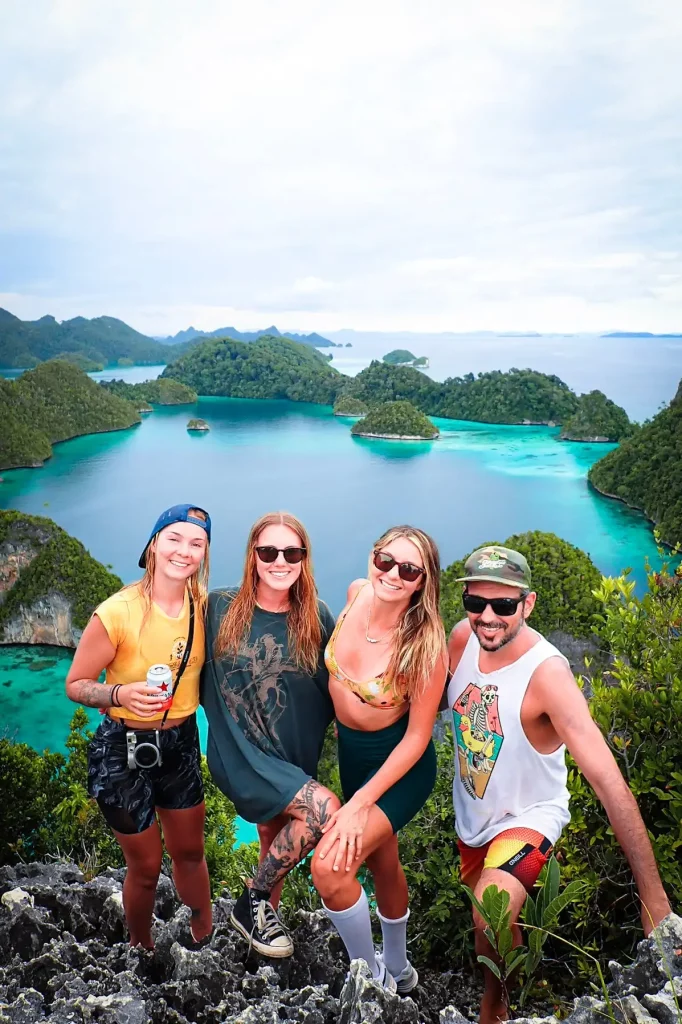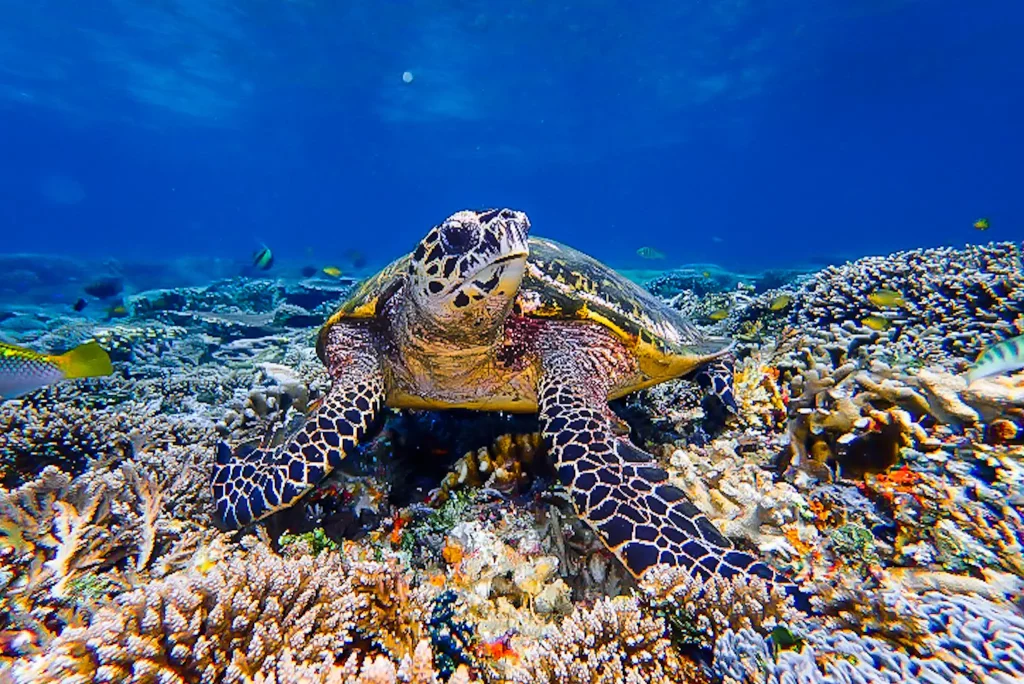


Experience the best of underwater and landscapes in Raja Ampat, snorkeling and diving the richest reefs in the world

Raja Ampat, Papua: A Nature Masterpiece Unveiled
rajaampat
November 22, 2023
Introduction:
Nestled in the remote eastern region of Indonesia, Raja Ampat in Papua is a true gem of nature, often hailed as a living masterpiece. Renowned for its unparalleled marine biodiversity, pristine coral reefs, and breathtaking landscapes, Raja Ampat has become a bucket-list destination for nature enthusiasts, divers, and adventure seekers. This article delves into the enchanting beauty of Raja Ampat, exploring its unique ecosystems, vibrant marine life, and the efforts in place to preserve this ecological wonder.
The Archipelago of Raja Ampat:
Raja Ampat, which translates to “Four Kings,” is an archipelago comprising over 1,500 small islands and cays. The four main islands—Waigeo, Salawati, Batanta, and Misool—form the heart of this paradise. The region’s remoteness has contributed to its pristine condition, sheltering an astonishing array of marine life beneath its crystal-clear waters.
Marine Biodiversity:
Raja Ampat is celebrated as the epicenter of marine biodiversity. The coral reefs that blanket the ocean floor are home to a staggering variety of fish, mollusks, and marine invertebrates. In fact, Raja Ampat is believed to house over 75% of the world’s known coral species and more than 1,500 fish species. The coral gardens are a riot of colors, with vibrant corals providing a backdrop to the myriad marine life that populates these waters.
Underwater Paradise:
For scuba divers, Raja Ampat is a dream destination. The underwater landscapes are a kaleidoscope of colors and textures, featuring coral-covered walls, intricate reef formations, and underwater caves. Divers have the opportunity to encounter rare and endemic species such as the walking shark, pygmy seahorses, and the majestic manta rays that gracefully glide through the clear waters.
Conservation Efforts:
Recognizing the ecological significance of Raja Ampat, conservation initiatives have been implemented to protect its natural wonders. Local communities, non-governmental organizations, and the Indonesian government have collaborated to establish marine protected areas and sustainable tourism practices. These efforts aim to strike a balance between tourism and preservation, ensuring that future generations can continue to marvel at the beauty of Raja Ampat.
Cultural Richness:
Beyond its natural wonders, Raja Ampat is also a testament to cultural diversity. The indigenous communities that inhabit these islands have a rich heritage and a deep connection to the land and sea. Visitors have the opportunity to engage with local traditions, witness traditional dance performances, and savor the unique Papuan cuisine.
Challenges and Future Prospects:
While Raja Ampat remains a nature masterpiece, it faces challenges such as overfishing, coral bleaching, and the potential impacts of climate change. Continued efforts in conservation, sustainable tourism, and global awareness are crucial to preserving the delicate balance of this ecological haven.
Conclusion:
Raja Ampat, Papua, stands as a testament to the incredible diversity and beauty that our planet harbors. Its pristine reefs, teeming marine life, and vibrant ecosystems make it a nature masterpiece that deserves protection and admiration. As we explore and marvel at the wonders of Raja Ampat, it is imperative that we also take responsibility for its preservation, ensuring that this living masterpiece continues to inspire awe for generations to come.

Raja Ampat,
Sorong, Papua.
Page
Important Link
Our Newsletter
Join our newsletter to get update about our service and promo.
Development & Maintenance By Jemmy Mongi